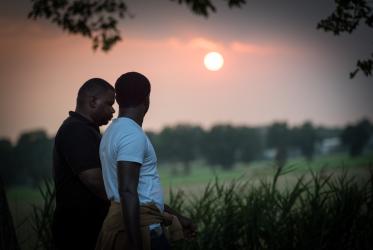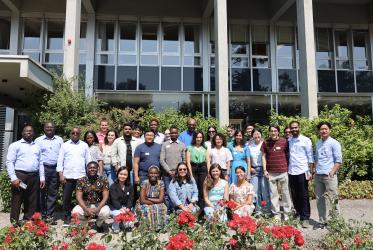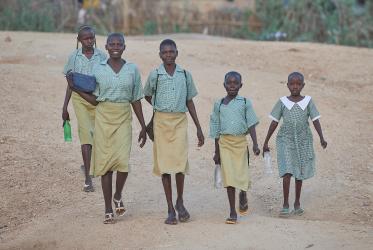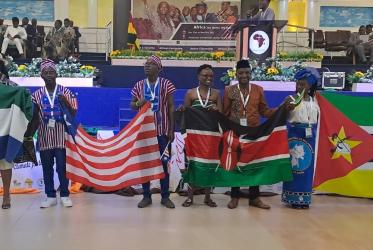World Interfaith Harmony Week 2017 is coming to an end and I wonder how many people are even aware that it exists, especially in my country, Indonesia. Indonesia presents a unique situation when it comes to interfaith relations. On the one hand, it’s been deemed an example of religious tolerance. On the other hand, it has seen many cases of extreme religious violence. Not to mention the fact that the government only recognizes six “official” religions, and every citizen is required to choose one of them – as it is noted down in our identity cards.
Once, someone asked me: “what is it like to live in the midst of such religious diversity?” This was, I think, 2010, and I honestly didn’t know how to answer. I never really thought much about it. It was simply a reality in my life that there are people of other faiths around me. How do we handle it? At that time it was for me a matter of keeping your faith to yourself. In other words, when you’re with people of other faiths, you don’t talk much about your religion. This was at least true in my circle of friends… not that there were many people of other faiths in that circle, because that’s another thing about “living in the middle of religious diversity”: it is very possible to mostly keep to “your own kind,” having a circle of friends that are of the same faith.
Fast forward to 2017. I am a teacher of Christian religion in a private secondary school that is not religion-based (on a side note: yes, we teach religion in schools. It is in fact required by the government. Schools are supposed to have a teacher for the six “officials” religions, unless there are no students of that faith in the school. Sadly, not all schools can afford to offer this.) The student body at my school is an excellent representation of our country: about 85% Muslim; 10% Christian (the term used for all denominations except Roman Catholic) and Catholic; and 5% Buddhist, Confucianist and Hindu (we have one Hindu student).
Whenever I bring up religious tolerance, my kids stare in confusion because it is an everyday reality for them. Unlike my experience, however, theirs is one of true mingling. Their best friends are of different faiths. Some have been bullied because of their faith, because of their difference. They are also very aware of the growing intolerance in the world. When I asked them to write a comment, a promise, or an opinion on the World Interfaith Harmony Week, their messages can be summed up the way one of them wrote it: “we need more of it.”
In December, I received an opportunity to attend a meeting of religious leaders in Asia which was organized by the United Nations Office on Genocide Prevention and the Responsibility to Protect in partnership with the King Abdullah bin Abdulaziz International Centre for Interreligious and Intercultural Dialogue (KAICIID) and the World Council of Churches (WCC). It was an interesting experience to say the least. The meeting was part of a series of worldwide meetings to develop the Fez Plan of Action, a document that includes practical things that religious leaders can do in order to prevent religious incitement to violence. A brilliant and important document that contains critical things, but the question that remains is how effective it will be. How many people will hear about this document, how many will read it, and how many religious leaders would take it up and follow through with the actions?
I worry that it will be “just another document” and that religious leaders would only follow up on things that are convenient for them, if anything. Because meeting other religious leaders, thinking about religious tolerance and the things we could do is easy, just like it’s easy to celebrate World Interfaith Harmony week – it is after all only one week – but speaking up against injustice, intolerance, and hatred whenever and wherever is risky, complicated and definitely not easy.
We need more of it. Not just one document, several meetings, and special celebratory days. We need interfaith harmony to be a lifestyle, one that we ought to promote wholeheartedly, but more importantly one that we live out… Every. Single. Day.







